Today, we will start our Japanese Culture categroy, first we will discuss the Culture of Japanese School Uniforms, which appear in alomost ever japanese anime and mangas. In this first part, we will talk about the History of Japanese School Uniforms.
As a kind of campus clothing, school uniforms aim to manifest students’ identities. In most countries, school uniforms are divided into two styles: sportswear and western uniforms. Here, we aim to realize the culture of Japanese school uniforms by analyzing patterns and history of Japanese sailor uniforms. Famous anime characters are listed as models, helping you better understand the long history of school uniforms in Japan.
Referring to definition on school uniforms, a well-known site in China reveals like this: school uniforms originate in Japan. Life conditions become rather worse because of wars. In order to help students from poor families not to feel self-contemptuous because of tatty clothes and to avoid students from rich families feel complacent or show off because of better clothing styles, schools formulate a unified dress standard for all students.
However, another viewpoint tells us the earliest tsume-eri school uniform for boys originates in Tokyo Institute of Technology in 1873. When Japan enters into the modern culture era, it embraces an active foreign policy, which enables western culture and lifestyle to be well accepted. Sailor uniforms and stand collar definitely become modish clothing styles on that island country.
When it comes to Taisho Period, democratic culture tide makes western attires break the situation that kimono rules the Japanese clothing arena. But during the World War II, to propagandize the militarism, school authorities issued edicts that all nationals needed to wear empire national costumes. Then in 1942 (the 17th year in Shouwa Period), all students in Japan began to wear national costumes.
In the postwar period, a disordered situation was discovered in the Japanese school uniforms industry. National costumes, kimonos, western-style clothes, old Japanese army uniforms and US military uniforms were all appeared in campuses. Then in 1947, an education law was issued in Japan, which intervened into students’ clothing allocations. Tsume-eri for boys and sailor uniforms for girls became the school uniform mainstreams. When it comes to 70s and 80s, liberalization and diversification on students’ values strengthened their rebelliousness and caused many escapades or school violence. In 1982, Japan fashion industry federation and more than 2000 secondary schools formulated criterions to identify standard school uniforms. This greatly improved the situation of student management. Today’s Japanese school uniforms are exactly designed according to that standard.
The word of sailor rooted in the United Kingdom in 1850s. Sailor suits were originally worn by navies while shipping. But in 1846, a navy altered his uniform to be a children’s garment and sent it to the Prince Edward. Children’s wear called Middy Blouse were released in the clothing industry later, leading the trend on the high-end children’s garment arena. After a series of updates, these clothes tended to become prevalent in lower classes and then in the whole country.
At the beginning of the 20th century, sailor uniforms spread to Japan. But referring to campuses, it’s the Fukuoka Women’s College where sailor suits were firstly set as the school uniforms in 1921. The principal of this college – Elizabeth, had already known sailor suits were much easier to be worn than kimonos and carried more western culture features when she studied in England. Under her assertion, students in the Fukuoka Women’s College began to wear sailor uniforms.
Also, some people think the rise of militarism becomes the main reason for the popularity of tsume-eri uniforms for boys and sailor uniforms for girls in Japan. Males wear tsume-eri and females wear sailor suits, which stands for officers are higher-ranking than soldiers and men are nobler than women. Anyway, this has not been topic discussed by modern people. In today’s Japan, sailor uniforms have exactly been girls’ school uniforms, which speak for girls’ cuteness and become a kind of cultural phenomenon.
In the next posts, we will continue to talk about Japanese School Uniforms(part2)-Current Situation of Japanese School Uniforms .
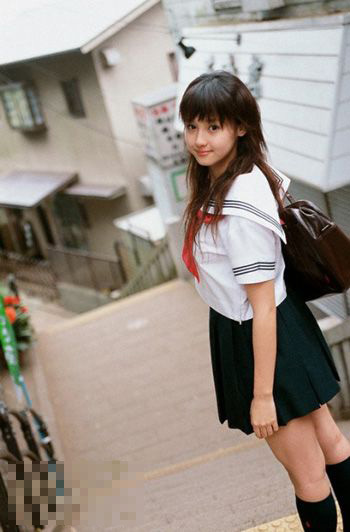

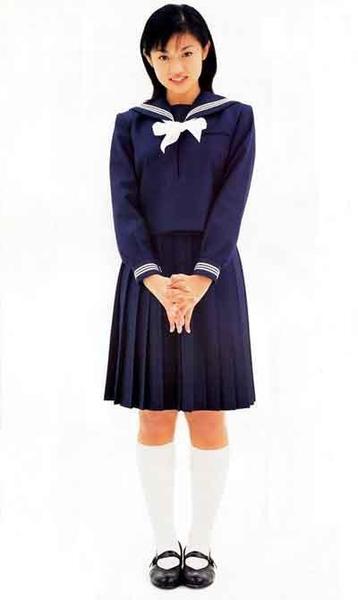
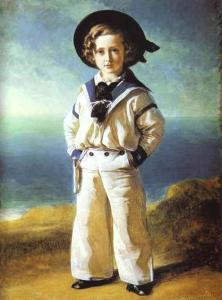
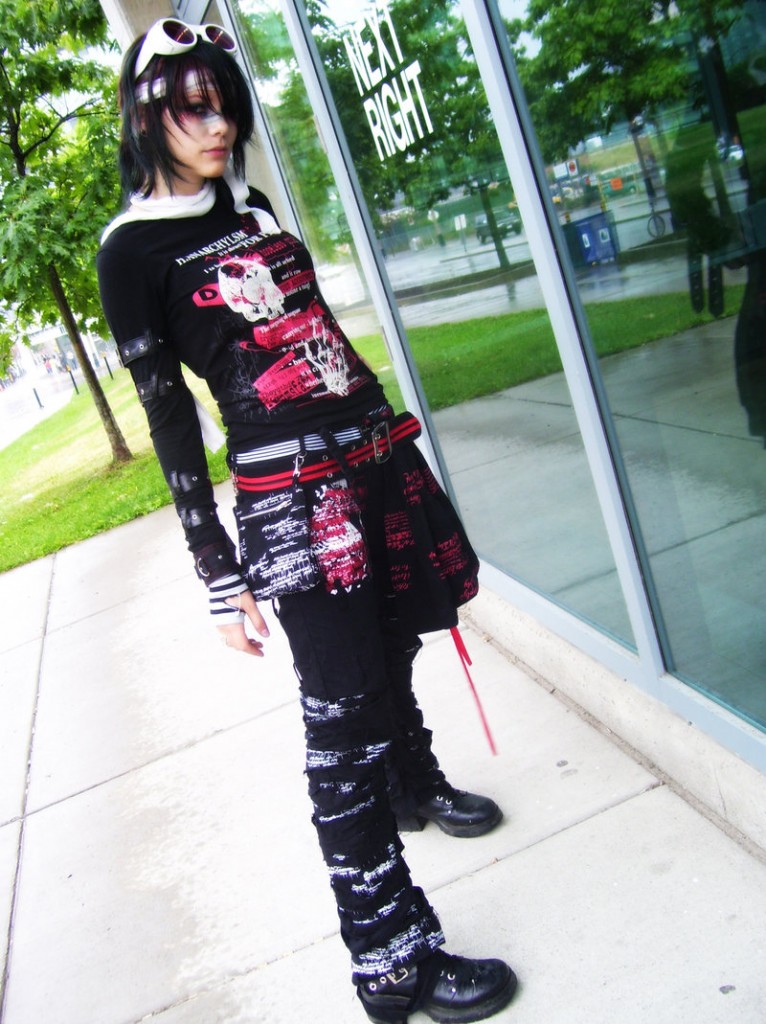
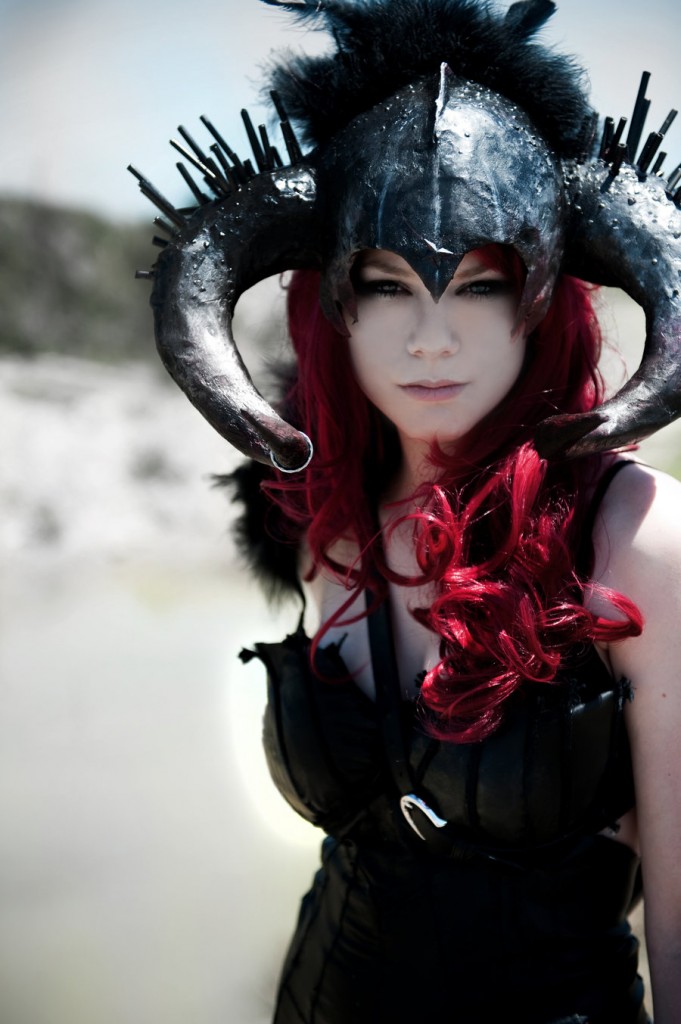
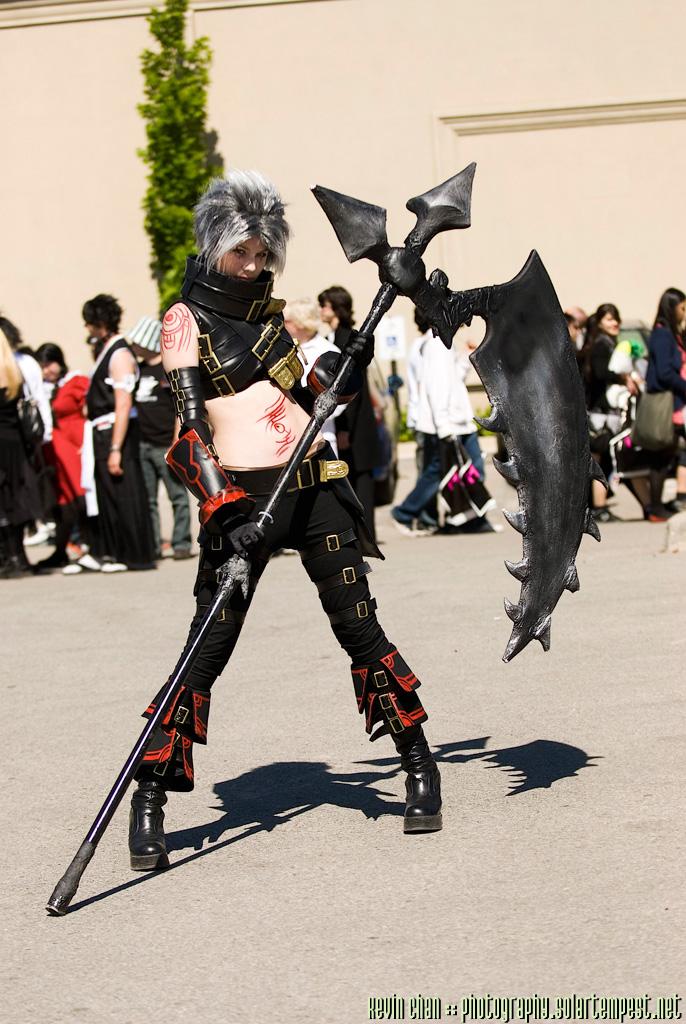

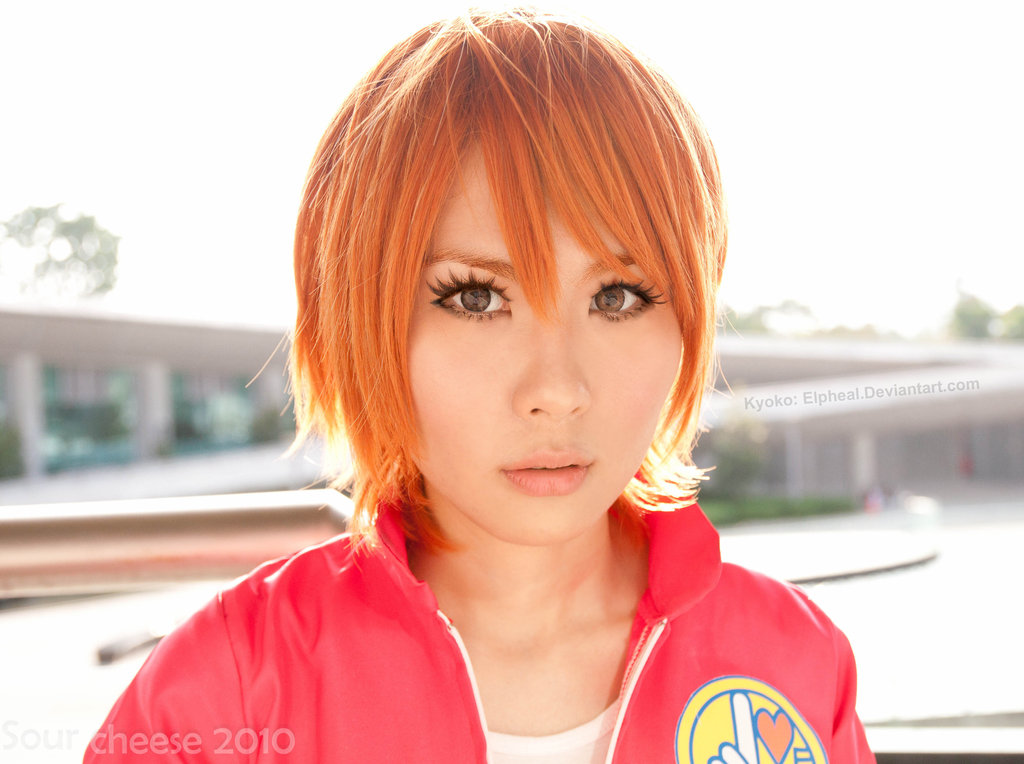

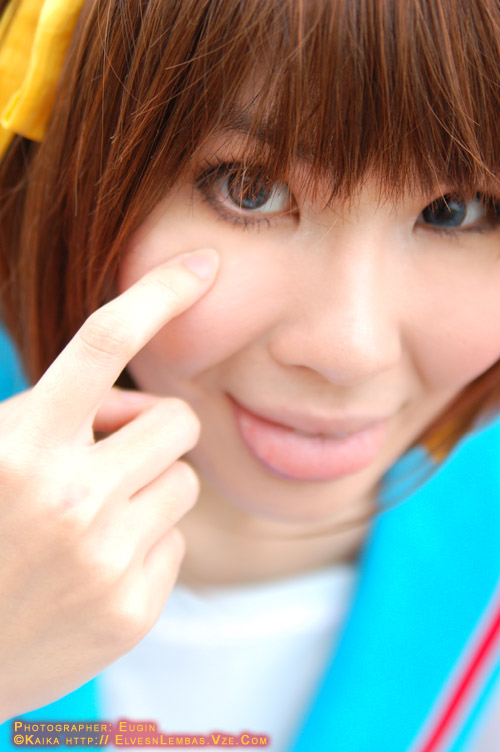
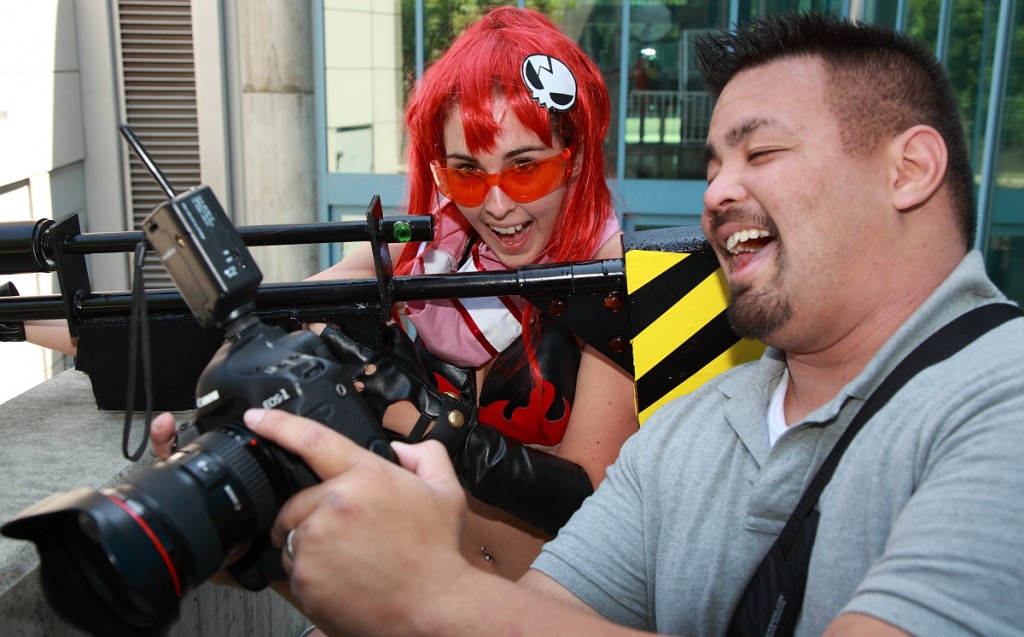 photo from
photo from